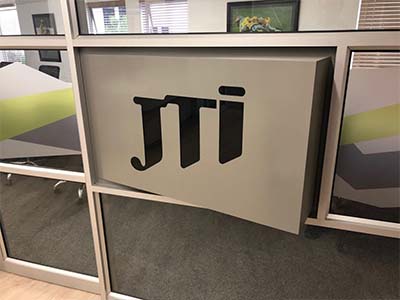So why even opt to fabricate plastic materials? For starters, plastic fabrication generally has the benefit of having comparatively fast finish times, and unlike the majority of materials there is also the option of colouring plastic prior to production, rather than after. Itâs high malleability means that it has a comparatively low melting temperature, and it’s more light and portable than a number of other materials – both these aspects simplify the development operation. In addition, plastic materials are fairly inert and hence possess high chemical resistance. Despite these positives, plastic is however not suitable for applications that need a very high structural integrity, and it is really vulnerable to wear in the long-term.
Summary Of CNC Machining
CNC machining is a computer regulated subtractive approach, that eliminates material from plastic in an effort to generate the required shape. The computer is high-tech, with the ability to convert a design into numbers using a âcomputer aided designâ computer software program. The figures are then able to operate the machine to cut the desired form. To operate, the machines require an intermediate stage in the development and validation of tool paths. As soon as the machine is provided with the tool paths, the subtractive process is started. Once the construction is finished, the component is cleaned, smoothed, and cut.
For low volume plastic component requests that call for tight tolerances and shapes that are tricky to mould, machining is suitable. CNC machining also has low to medium initial expenses, and can also generate high quality plastic pieces with minimal completion times. Nonetheless, with an increase of product intricacy, the cost per component climbs up. Moreover, the process requires tool access allowances, and a number of shapes, for instance those with spherical inner channels, are near-impossible to create using CNC manufacturing.
Overview Of Vacuum Formation
Vacuum formation is a procedure through which plastic material is warmed and moulded, ordinarily using a mould. The size and intricacy of vacuum-forming machines range between affordable desktop equipment to innovative manufacturing equipment.
It is often suited to any task, from custom-made designs to large-scale production, taking into consideration the large variety of machinery available and that also automation is undoubtedly an option when necessary. Nevertheless, there’s minimal versatility in the different types of shape it can develop, and is unfortunately only competent to produce parts with basic geometries. When compared with other techniques, tooling costs are low, given that vacuum formation merely requires low forces and pressures. Normally, for smaller production sizes the moulds are constructed of Three-dimensional printed resin, or possibly plaster, and for higher manufacturing sizes stronger equipment made of metal is used.
The production method commences with a sheet of plastic material getting clamped and heated up until the plastic becomes mouldable. The plastic is then put into the mould and cooled off, and quite often fans and also other chilling methods are implemented in an effort to accelerate the cooling process. The ultimate stage involves any surplus plastic being taken off. Click here for more data plastic fabrication engineers.

